Keep a Computer In Your Desk Cabinet Without It Overheating
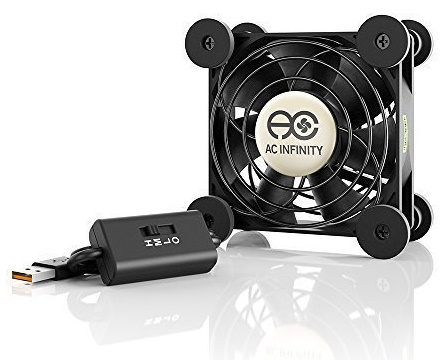 This is a bit of a DIY project. I'm going to show you how to keep a computer in a desk or cabinet, but we're going to install an external fan in the cabinet to keep the computer from overheating. (And we can do it for $15 - $25, depending on your setup).
This is a bit of a DIY project. I'm going to show you how to keep a computer in a desk or cabinet, but we're going to install an external fan in the cabinet to keep the computer from overheating. (And we can do it for $15 - $25, depending on your setup).
If you've ever tried to keep a computer (or PS3, PS4, Xbox, etc) in a cabinet or other enclosed space, you know they can get pretty hot. And that can eventually kill your computer.
First things first: Download a program call SpeedFan. This program reads temperature sensors on your computer and tells you what they are. It's the only way we're going to be able to tell if your computer is getting too hot.
You will probably have several sensors on your computer. It's tough to always know what's a reasonable temperature, but a good rule of thumb is that 60-70C is too hot, if all your computer is doing is sitting there idle. A GPU can get up to 80 or 90 during an intensive video game. Hard drives can be in the 50's and generally be OK. Google your model of component if you are curious.
Okay, now for the project:
I bought this fan from Amazon for $11:
http://www.amazon.com/gp/product/B00G059G86?psc=1&redirect=true&ref_=oh_aui_detailpage_o00_s00
It is designed to run off a USB port for power, and is meant to go outside of a computer. You will need to drill a 2-3" hole in your cabinet. I drilled a 2in hole for it, with a drill bit I got from Lowes for $20. That was by far the most expensive part of this project. If you can borrow such a drill bit from someone else (or return it to Lowes after the fact....) then you can save some money.
This particular fan has little rubber feet on both sides, which I removed, along with the grill, as seen here:
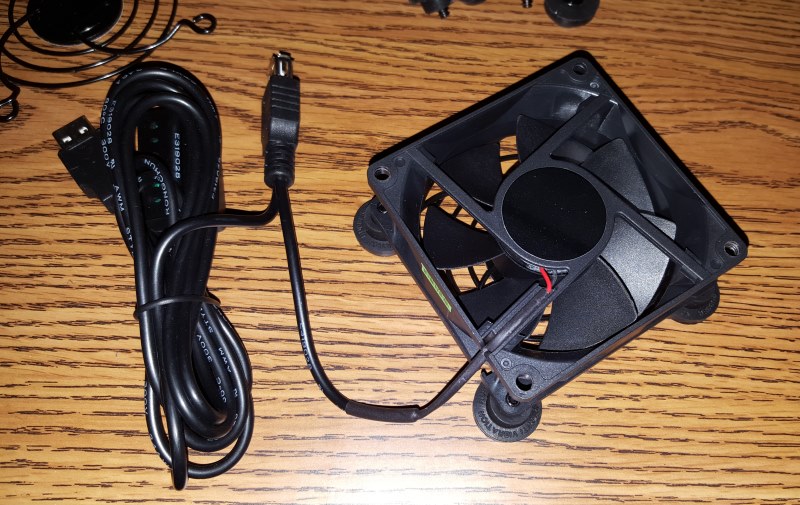
Now, what's important is you only want to do this to the side where air comes OUT. We're trying to mount the fan against the inside of your cabinet, so it's blowing hot air OUT the back of your cabinet. If you really want to be fancy, you can also have a second fan blowing air IN from another side, but that's another project.
Okay, so if your desk's back board is as thick as mine, you'll need 1.25" screws. Here's a shot of the package I got from Lowes for around $2:
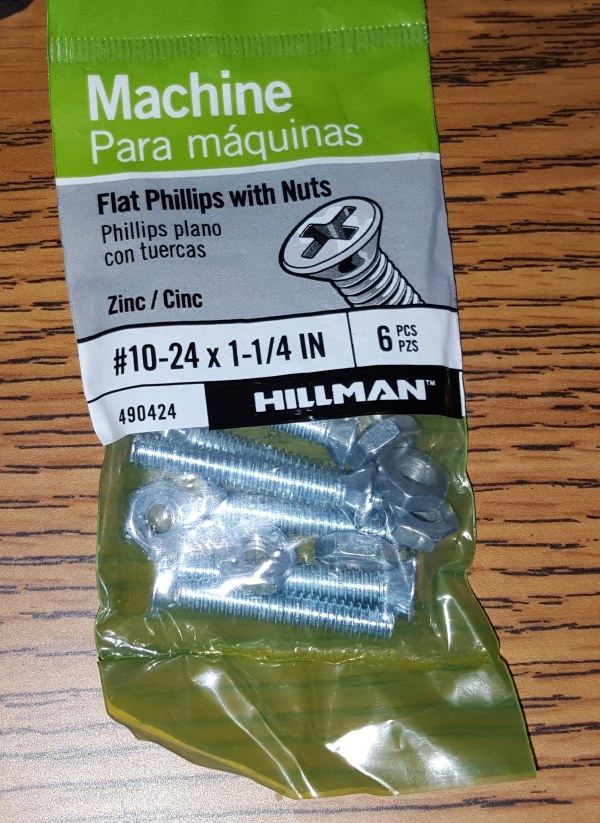
Notice they say they are "#10-24". This is the size you need to fit into the holes of the fan, even though it's still a tight fit. You will not need the nuts for this project, just the screws.
Installing the Fan
So, once you decide where your fan is going to be, and you have drilled a 2" to 3" hole for the fan to sit flush against, you now need to drill smaller holes around it for the screws to come through. The easiest way to do this is to hold the grill up to the wood and mark where the holes are. Drill holes for your screws (should be the same size or slightly larger than the machine screws from Lowes.)
After that, you can mount your fan!
Here's INSIDE my cabinet:
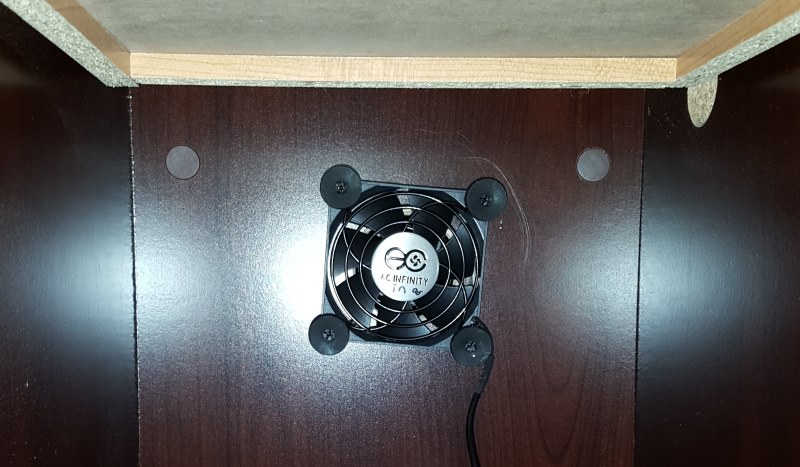
And here's around the BACK of my cabinet, where the hot air comes OUT:
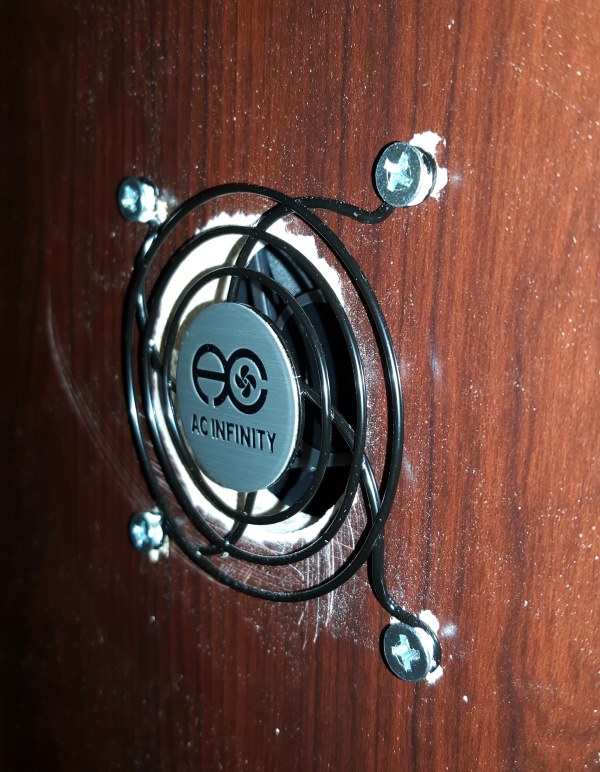
Notice that I mounted the grill to the OUTSIDE of my cabinet. This is so my fingers don't get snapped by the spinning fan if I am reaching around behind my desk.
Also notice my finish is a little scratched up. That's from where I used sandpaper to smooth out the rough drilled hole. Since this is a side of the desk no one sees (it's against a wall), I wasn't too worried about how it looked.
So, plugging it all together....
Once the fan is installed, it just plugs into one of your computer's USB ports. You can plug it directly into a wall plug if you want, but I prefer to plug into the computer, so the fan turns off when the computer does.
This particular fan also has a little speed control on it, so you can set it to High, Medium, or Low. I actually found that I can keep mine on Low and it still works very well, and keeps things nice and quiet at the same time.
You will want to watch your temperatures using SpeedFan, to make sure your temperatures look good. If they are still too high, try increasing the speed of the fan.
One more thing:
I didn't need to do this with my desk, but if your temperatures are still running high, drill a 1-inch to 1.5-inch hole towards the bottom and side of your desk (where it will be inconspicuous). This will allow cool air from the outside to flow into your desk cabinet more easily.
